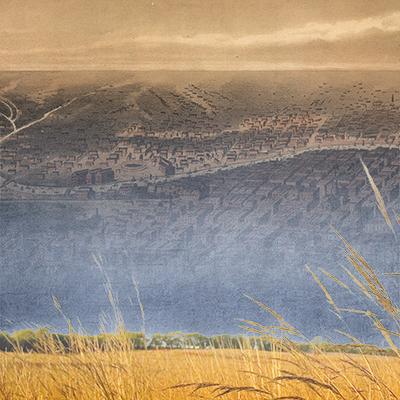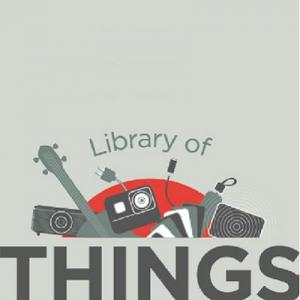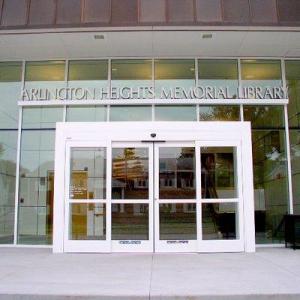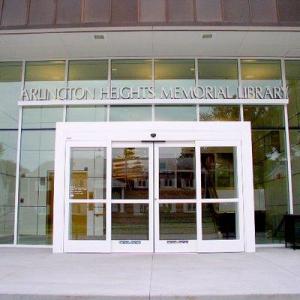
The Chicago metropolitan area is the traditional homelands of the Winnebago, Ho’Chunk, Jiwere (Otoe), Nutachi (Missouria), and Baxoje (Iowas); Kiash Matchitiwuk (Menominee); Meshkwahkîha (Meskwaki); Asâkîwaki (Sauk); Myaamiaki (Miami), Waayaahtanwaki (Wea), and Peeyankihšiaki (Piankashaw); Kiikaapoi (Kickapoo); Inoka (Illini Confederacy); Anishinaabeg (Ojibwe), Odawak (Odawa) and Bodéwadmik (Potawatomi).
Waterways and trails
Seated atop a continental divide, the Chicago region is located at the intersection of several great waterways, leading the area to become the site of travel and healing for many Tribes.
The waterways and desire paths that mark this area speak of the undeniable culture and community of Native peoples throughout our area and the skill in which they interacted with the land and other peoples. Many of the roads that we use everyday were first roads and trails made by the Potawatomi and Ojibwe to help facilitate trade and communication among the various villages in the area. Arlington Heights Road was at one time the main land trail that connected villages from modern day Naperville to the village of Half Day.
Displacement and upheaval
As more European settlers came to the area, Native peoples were forced to sell their land, often through deceptive treaties. Although the Potawatomi assisted the U.S. Army in the Black Hawk War, by the early 1830s Native peoples in the area were forced to move like so many others under Andrew Jackson's Indian Removal policies. The Treaty of Chicago was forced upon the Potawatomi, Odawa and Ojibwe peoples in 1833. One band of Potawatomi from Indiana were forced on a long march through central Illinois, known as the "Trail of Death." The last group of Potawatomi people, encamped along the Des Plaines River, were forced to flee for their lives from an attack by U.S. Removal Agents in 1837.
Entering the 1900s tribes in the Lake Michigan area had seen so much upheaval through removal, relocation and termination policies. Through the late 1800s to the early 1900s, children were being taken from their tribes and sent to boarding schools with the mission to assimilate them into white society through practices of physical abuse and cultural genocide.
Social services in Chicago
In 1910, the population of American Indians in Chicago was 188. An American Indian boarding school graduate, Dr. Carlos Montezuma, spent his life assisting this small, but ever-growing population of American Indians with social services needs until his death in 1922.
The following year an organization called the Indian Council Fire (originally called the Grand Council Fire) would pick up where Dr. Montezuma left off. This organization run by and for American Indians would expand their services to legal, housing, education and employment matters over the coming years, services that proved essential with the growing population of American Indians in Chicago.
Cultural heritage and representation
The needs of such a diverse population have evolved over time. Beyond the social services needs provided by the Indian Council Fire earlier in the century, fostering a sense of cultural identity was essential for many American Indians thrust into urban life.
The American Indian Center (AIC) of Chicago opened in 1953 in response to these increasing needs. The AIC website states that “Through a combination of short-term relief services and long-term education and support programs, we seek to foster physical and spiritual health in the community, an active connection with traditional values and practices, stronger families with multigenerational bonds and a rising generation of educated, articulate and visionary youth” (2019). The AIC is a central location for American Indian cultural heritage and provides essential resources for American Indians living and thriving the Chicago area.
Chicago has the third largest Indigenous population today, with over 65,000 self-identified Native peoples. The village of Arlington Heights has over 200 residents of Native American or Indigenous Alaskan ancestry according to the most recent census data in 2022.
The Arlington Heights Memorial Library is committed to representing this population in our materials, programs, services and goals.







